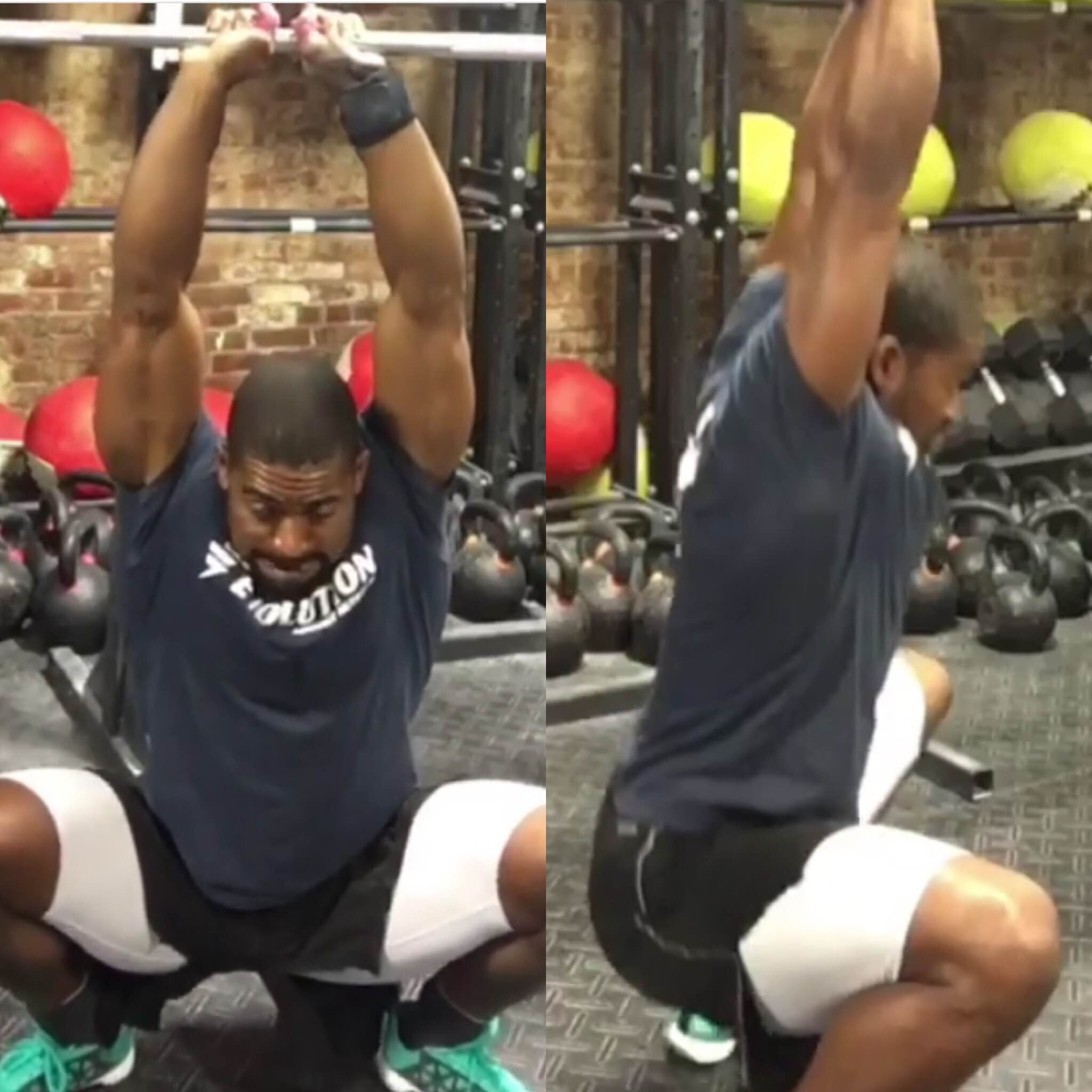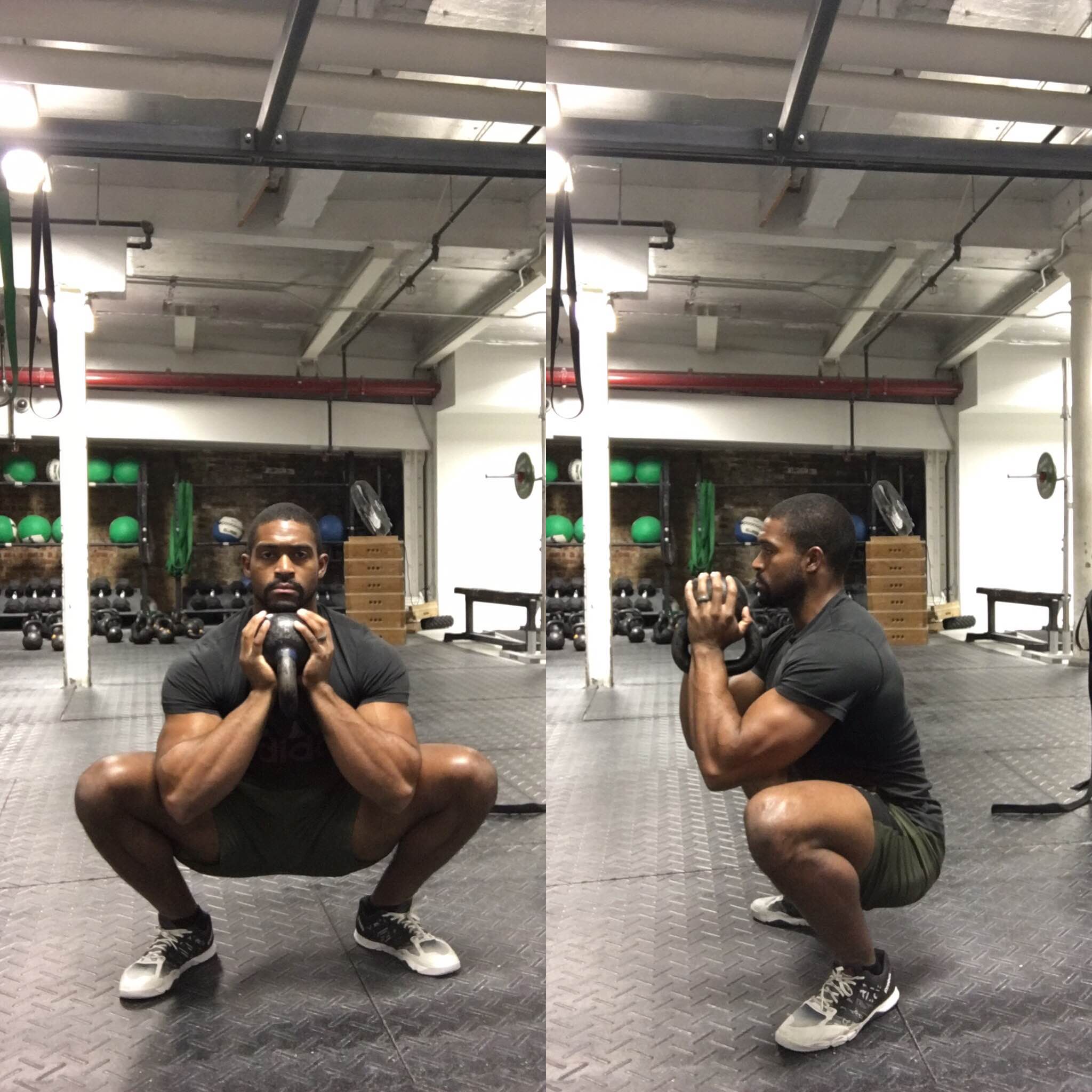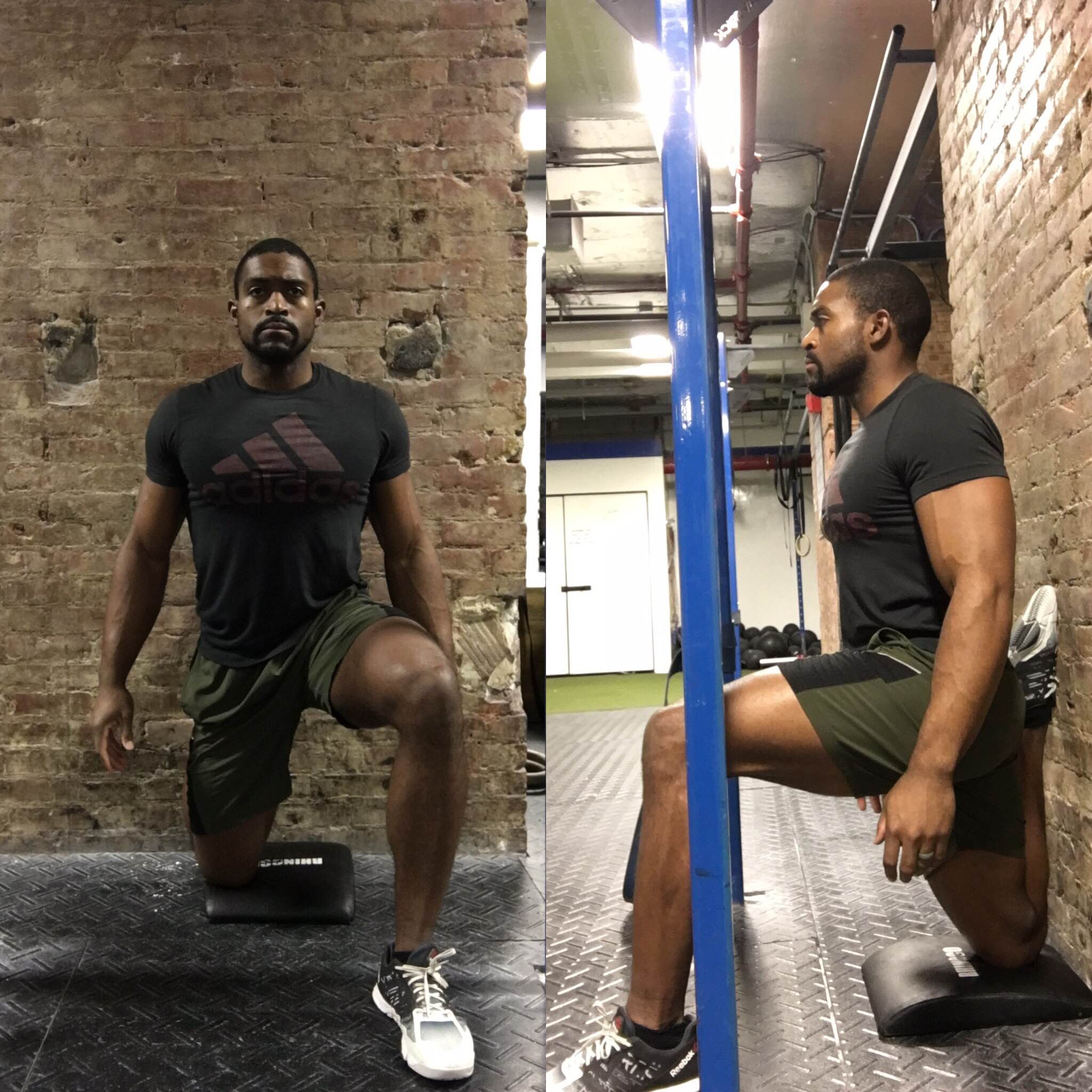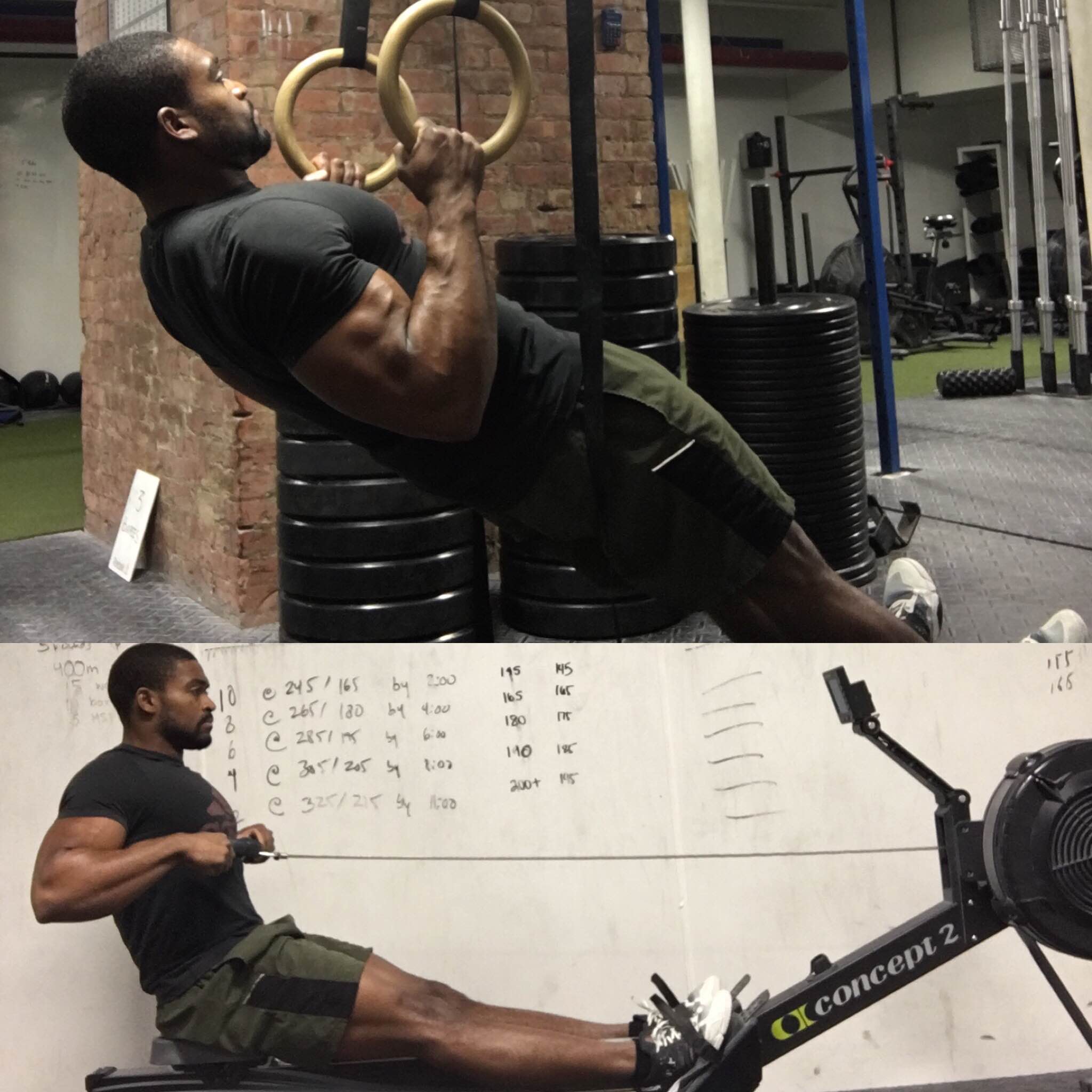Do you ever feel like your coach or trainer is harassing you while you perform squats?
“Almost there!”
“Get Lower!”
“Chest up!”
“A little lower!”
“No rep!”
If any (or all) of these sound familiar, chances are you have a job where you spend the majority of your day sitting. And as comfortable as your chair at work may be, it is killing you! Time Magazine even published an article two years ago declaring “sitting is the new smoking” in which it cites a number of studies connecting sedentary behavior to poor health.
Sitting may not give you lung cancer. But it’s certainly affecting your posture, mobility, strength, and ability to perform exercises with perfect form. So, how do we combat the effects of sitting all day?
1. Spend more time squatting
Before our ancestors invented chairs, humans ate meals, used the bathroom, and just sat around in the bottom position of a squat. This is how our bodies are naturally supposed to sit down. This is also the catch position for the snatch and clean & jerk. Take a few seconds after reading this sentence and try sitting into a squat.
Ok. Was that difficult? Uncomfortable? Painful even? If the answer was yes to any of these, how do you think it will feel with a heavy ass barbell on your shoulders?! I ask my clients and members this all the time during warm ups and cool downs. Then a light bulb goes off. If you move better, you will be able to move more weight. Period. Orthopedic Surgeon and USWLF weightlifting coach Gray Cook said it best in his Movement Principle #7:
“We should not put fitness on movement dysfunction.”
Squatting with a barbell when you can’t even perform an air squat is like building a tower on a pile of rubble.
So to get more comfortable in this position, grab a kettlebell, dumbbell, medicine ball, backpack, paint can, or anything you have handy that weighs 20-40 lbs. Hold it in front of you with both hands, push your butt back, and slowly sit down until you can’t go any lower. Focus on keeping your heels on the ground, chest up, and breathe through your belly. You should feel a stretch in your thighs, groin, and glutes.
Try to accumulate 10-30 minutes each day in this position. It doesn’t have to be all at once. Sixty seconds here between emails, two minutes there while watching Netflix, etc. But the more time you spend in a deep squat, the easier it will be to reach this position while working out. As this becomes easier, use a lighter object to counterbalance your weight. And as that becomes easier, try holding a squat with nothing but your hands and arms extended in front of you. And as THAT become easier, try holding an empty barbell in the front rack position. And as you become a mobility master, try the same with a barbell overhead!
2. Couch Stretch
The couch stretch is one of the most effective movements out there! When done correctly it mobilizes your hips, quads, hamstrings, glutes, lower back, calves, ankles, and even your feet! And the simplest version of this movement can be done at home right in front of your couch!
Grab an AbMat, pillow, or something soft to protect your knee from the hard floor. Standing in front of your couch (facing away from it), place the pillow on the floor under your right foot. Now bend your right leg as if you were trying to kick your own butt, and lower your knee to the pillow. The top of your right foot should be resting on the couch.
Move your left leg forward so that your thigh is parallel to the ground, your knee is at a 90 degree angle, and your left heel is flat on the ground. If this is all confusing, see the picture and replicate the body position.
Once again, focus on keeping your chest up and breathe through your belly. Try to accumulate 2-5 minutes of this stretch per side each day. This will be fairly uncomfortable at first. You may have to break it up into 15-30 second increments. You may also have to hold onto something (chair or table) to keep yourself from falling over. But fight through it! It will help you squat and move better. I promise!
And whenever this becomes easy, you can do it up against a wall with the top half of your foot and shin flush with the wall using no hands to support you!
3. Pull more than you push
In addition to impairing your hip mobility, sitting at a desk can also cause poor posture in your upper body. Leaning forward to type and read from your computer for hours at a time can lead to kyphosis or rounding of the thoracic spine. In plain English, your shoulders can end up hunching forward like Mr. Burns from The Simpsons. Or for a more exaggerated example, think of the Hunchback of Notre Dame.
To fix this or prevent it from happening, incorporate more pulling movements into your exercise regimen. Pull-ups, ring rows, band rows, lat pull downs, seated rows, T-rows, rowing machines are all great examples. By strengthening your upper back muscles, your posture will begin to improve and your shoulders will sit back more naturally.
Aside from the health benefits, you will aesthetically look taller and more confident. And for guys who are in the pursuit of Arnold sized pecs, your chest will look bigger as your shoulders are no longer hunched forward blocking your beautiful gains from the world! Also, stronger lats will help you pull more weight from the floor and support more weight on your shoulders in the snatch and clean & jerk (among other lifts).
A good rule of thumb here is for every 1 push exercise you do, perform 2 pulling exercises. So if you’re doing 3×10 bench press, superset that with 3×10 seated rows and 3×10 T-rows. Or if you’re doing military press, superset with pull-ups and lat pull downs.
4. Get a standing desk…or just stand up often
Depending on where you work, a standing desk might not be an option. Or, you just might not want the attention it brings. “Look at Andre over there with his standing desk. He never eats cake for people’s birthdays. And he always stinks up the lounge with his Brussels sprouts! Who does he think he is?!”
So if you don’t want to be that guy, just get up every and take a short walk every 30 minutes (perhaps to fill up your water). This will give your eyes a rest from your computer screen, stretch your legs, prevent your spine from stiffening up, and keep you hydrated!
In summation, squat, stretch, pull, and move around the office to keep your body happy, healthy, and strong!
Editors note: This article is an op-ed. The views expressed herein are the authors and don’t necessarily reflect the views of BarBend. Claims, assertions, opinions, and quotes have been sourced exclusively by the author.




